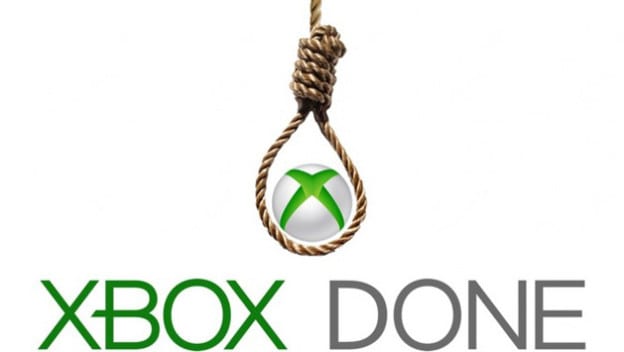A bad launch can be an extremely damaging event. This is why companies put so much effort into securing early purchases and controlling their image ahead of time. This fact is, potentially, even more true for hardware that is meant to serve as a platform for software, as is the case with video game consoles. Microsoft’s launch of the Xbox One was definitely a bad launch.
Where Microsoft went wrong was in their assumption that they should push the bonus features that gamers ended up loving about their previous console, the Xbox 360. Unfortunately, they forgot to focus on what really sells gamers on a console; the games.
Microsoft hopes to turn this whole Xbox One thing around, but they face the familiar catch-22 that permeates this industry; you need games to get gamers, you need gamers to get developers, and you need developers to get games. It’s a nosedive that many devices have fallen victim to in the past. One only needs take a glance in the direction of the PS Vita for evidence.
First, Microsoft started by trying to appease gamers and worked on clearing up the fallout from some of the most controversial things about their new platform. Kinect, which added about $100 to the price of the Xbox One, is no longer a requirement. The system no longer needs to maintain a connection to the internet. And initiatives to incorporate second screens into games via tablets seems to have disappeared. Now the company needs to court developers and convince them that there are plenty of reasons to develop for the Xbox One. Enter Crackdown 3, a potential game changer for the industry.
Crackdown 3 will be the first Xbox One game to really show off the company’s cloud rendering capabilities. Using its Azure server farm, Microsoft is able to bypass the hard limitations of the Xbox One and delegate computing processes to the cloud, which, in theory, will allow developers to accomplish unprecedented tasks within their games. Early demos of Crackdown 3 show the contrast between the game running on the console and the game implementing cloud rendering. The former slows down to a stutter, while the latter is smooth and facilitates a physics engine that can create thousands of new objects in a game instantly as the environment crumbles in response to the player. This could be an enticing selling point for Microsoft in their pursuit of developers, potentially allowing them to break free of that aforementioned catch-22.
.jpg)
Another technique Microsoft has been able to employ is what the industry has coined as “second party” developers. These are companies that are technically independent, but have exclusive access to Microsoft’s resources in exchange for exclusivity. Remedy, the company behind Alan Wake , is such a company. Gears of War was developed under a similar arrangement. If Microsoft can get the momentum going with a few developers, they may be able to turn things around.
Still, some suggest it may be a little too late. It’s tough to get gamers to change their mind and a lot of gamers have already picked out their consoles for this generation. Gamers can be a fiercely loyal bunch, and obviously few are looking to spend an exorbitant amount of money on all the console options. The Wii U has served as a solid second console for many, fueled by Nintendo’s first party exclusives. The Xbox One, however, is very similar to its rival, the PlayStation 4, and becomes a harder purchase to justify. If it can attain more exclusives that are actually worth buying, maybe Microsoft can win its way back into the hearts of gamers.
